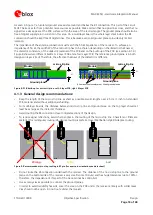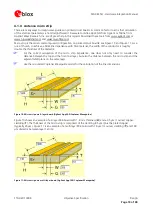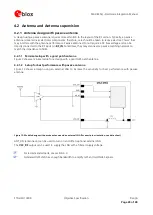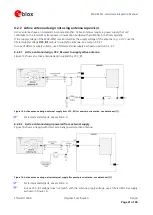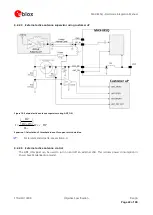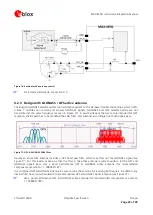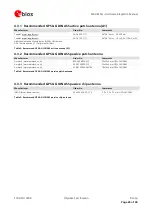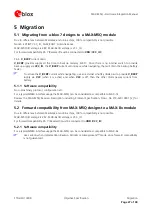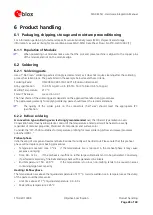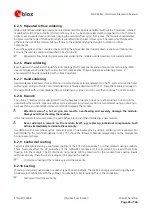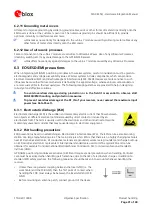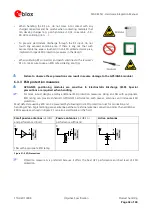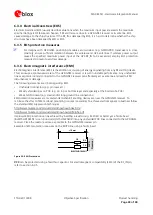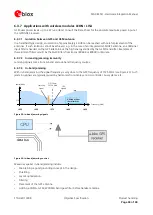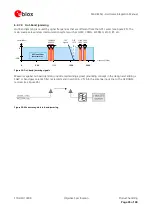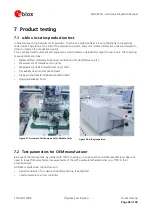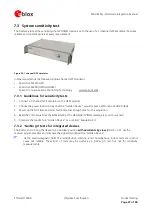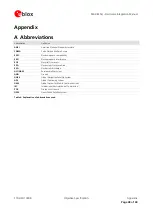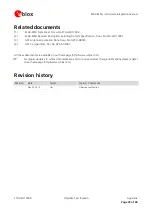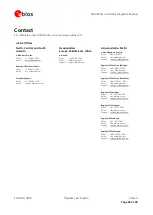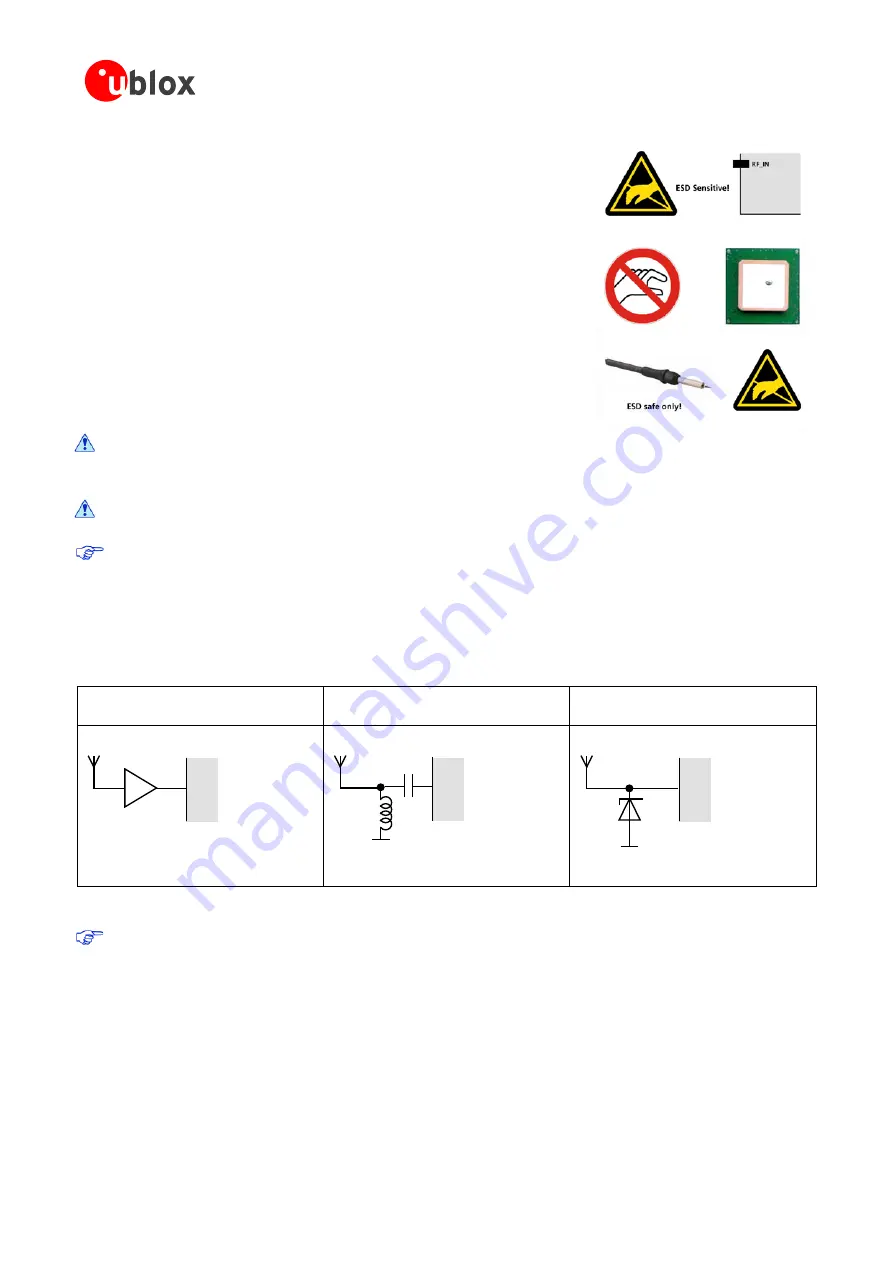
MAX-M5Q - Hardware Integration Manual
FTX-HW-13008
Objective Specification
Product handling
Page 32 of 40
•
When handling the RF pin, do not come into contact with any
charged capacitors and be careful when contacting materials that
can develop charges (e.g. patch antenna ~10 pF, coax cable ~50 -
80 pF/m, soldering iron, …)
•
To prevent electrostatic discharge through the RF input, do not
touch any exposed antenna area. If there is any risk that such
exposed antenna area is touched in non ESD protected work area,
implement proper ESD protection measures in the design.
•
When soldering RF connectors and patch antennas to the receiver’s
RF pin, make sure to use an ESD safe soldering iron (tip).
Failure to observe these precautions can result in severe damage to the GPS/GNSS module!
6.3.3
ESD protection measures
GPS/GNSS positioning modules are sensitive to Electrostatic Discharge (ESD). Special
precautions are required when handling.
For more robust designs, employ additional ESD protection measures. Using an LNA with appropriate
ESD rating can provide enhanced GPS/GNSS performance with passive antennas and increases ESD
protection.
Most defects caused by ESD can be prevented by following strict ESD protection rules for production and
handling. When implementing passive antenna patches or external antenna connection points, then additional
ESD measures as shown in Figure 21 can also avoid failures in the field.
Small passive antennas
(<2 dBic
and performance critical)
Passive antennas
(>2 dBic or
performance sufficient)
Active antennas
A
RF
_
IN
G
P
S
R
ec
ei
ver
LNA
B
L
RF
_
IN
G
P
S
R
ec
ei
ver
C
D
RF
_
IN
G
P
S
R
ec
ei
ver
LNA with appropriate ESD rating
Figure 21: ESD Precautions
Protection measure A is preferred because it offers the best GPS performance and best level of ESD
protection.

